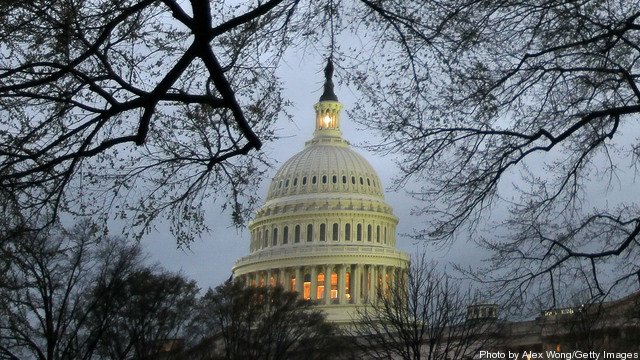The Washington, DC-based Institute for Energy Research’s message is clear: Government intervention in energy markets is counter-productive. The organization believes this to be the case even in dealing with climate change. The IER is a think tank with an emphasis on a free market approach to energy. Its papers cover issues ranging from carbon taxes… Keep reading →
American Security Project
Sign up and get Breaking Energy news in your inbox.
We will never sell or share your information without your consent. See our privacy policy.
On Saturday October 6th, the New York Times wrote an editorial that criticized the mission, effectiveness, and budget of the National Ignition Facility (NIF), an experimental laser at the Lawrence Livermore National Laboratory in Livermore, California. This editorial followed an article from the prior week noting scientific challenges in the NIF’s mission and airing division among scientists about the facility’s future.
The NIF consists of 192 lasers, each of which is among the largest and most energetic in the world. It was built between 1997 and 2009 for the purposes of conducting experiments with fusion energy. Keep reading →

An ambitious plan by the UK government to replace aging power stations with low-carbon generation could be a model for other countries that are also searching for ways of hitting tough emissions targets while satisfying higher future demand for electricity.
On May 22, the government introduced its latest proposal for attracting the 110 billion pounds (roughly $171 billion) that it says is needed to build new generation including nuclear, offshore wind and carbon capture technology to take the place of the 20% of current capacity that will go off line over the next decade. Keep reading →

America faces a series of significant challenges regarding how we produce and use energy over the next several decades. Our current energy system undermines our national security, is economically unstable, and environmentally unsustainable.
Although the recession has reduced energy demand, in the longer term the US is expected to see a 20% increase in total energy demand and a 30% increase in electricity demand by 2035. Keep reading →

